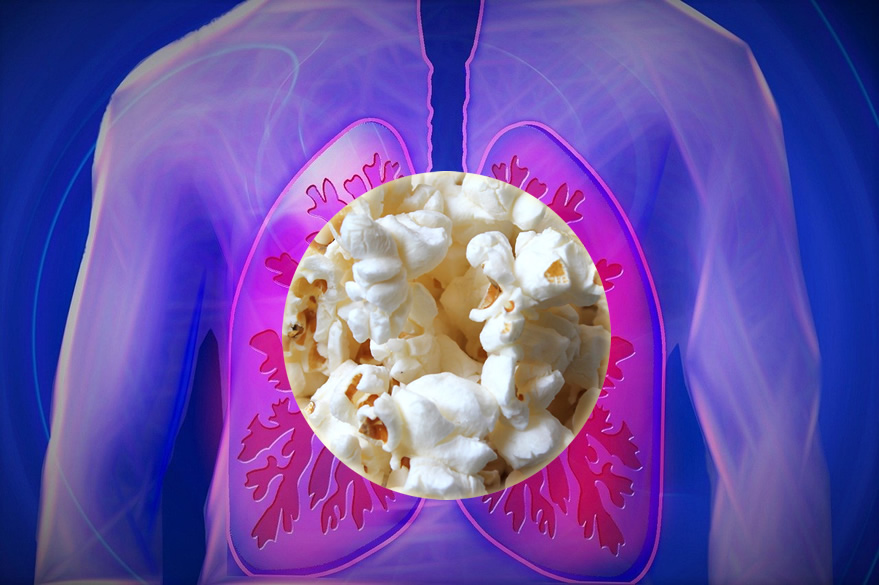
What You Need to Know About Popcorn Lung | ePuffer UK
“Popcorn lung” is the informal name for bronchiolitis obliterans, a rare lung condition that damages airways, causing coughing, wheezing, shortness of breath, and fatigue. The main chemical historically linked to popcorn lung is diacetyl, a flavouring once widely used in microwave popcorn and some food products. But what does this mean for vapers in the UK?
How Popcorn Lung Affects the Lungs
Your lungs are responsible for supplying oxygen to your blood and body. Air travels down the trachea into the bronchi, which branch repeatedly until reaching tiny air sacs called alveoli. In popcorn lung, these alveoli become inflamed and scarred, narrowing airways and making it harder to breathe. Symptoms include:
-
Dry cough
-
Wheezing
-
Shortness of breath
-
Fatigue
Can Vaping Cause Popcorn Lung?
The short answer: no. While some e-liquids historically contained diacetyl, the levels are far lower than what caused popcorn lung in factory workers exposed to large amounts of the chemical. In fact, cigarette smoke contains much higher levels of diacetyl than most modern e-liquids. There have been no confirmed cases of popcorn lung linked to vaping.
Misconceptions and Media Myths
The idea that vaping causes popcorn lung gained traction in 2016 due to misleading online articles and clickbait. Some even used images of unrelated accidents, such as e-cigarette explosions, to spread fear. Studies, including a 2015 Harvard study, noted the presence of diacetyl in vape juice but explicitly did not link vaping to popcorn lung. The scientific consensus remains that vaping is a safer alternative to smoking.
The Bottom Line
For UK vapers, the risk of popcorn lung from e-cigarettes is negligible. Modern ePuffer e-liquids are manufactured to high safety standards, with 100% Traceable Top Grade Ingredients, making them a much safer option than cigarettes. Switching to ePuffer vapes online UK is a reliable way to enjoy vaping while avoiding the risks associated with smoking.


